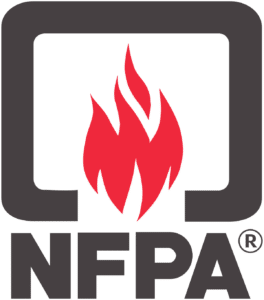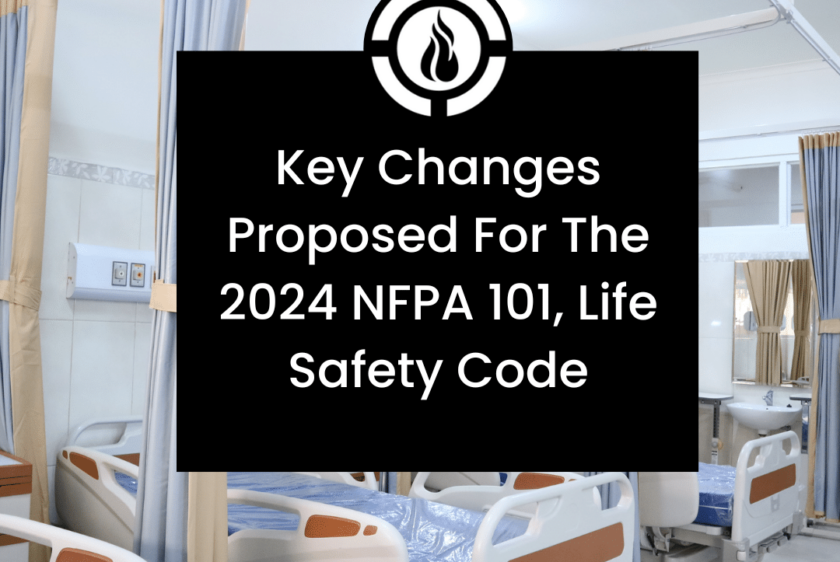Fire & Life Safety codes are crucial safeguards that continually evolve to protect people and properties. The 2024 NFPA 101 aims to enhance these measures and mitigate fire-related risks, ensuring greater safety for everyone.
The NFPA 101: Life Safety Code (NFPA 101) is widely implemented in all U.S. states and adopted statewide in 43 states, including Florida. This code establishes essential building design, construction, operation, and maintenance requirements to protect occupants from fire, smoke, and toxic fumes. It is the foundation for nearly all egress and life safety criteria codes utilized throughout the United States. Here, we’ll examine some critical changes in the 2024 NFPA 101 edition.
Healthcare
The COVID-19 pandemic forced everyone to do things a little differently. While some of us were working from home, the healthcare industry was rocked by the need to provide medical care in places not always adequately equipped for healthcare services. Convention centers, hotels, and parking facilities were turned into makeshift hospitals without many of the required features needed to protect nonambulatory patients.
Proposed changes to the 2024 NFPA 101 include guidance on healthcare occupancy for facilities called “alternate care sites.” These new chapters address the need for minimum life safety precautions while meeting emergency needs that can present themselves in a public health emergency, including:
- Planning and design
- Construction
- Operations
- Maintenance
- Facility decommissioning
- And others
Another proposed change in the 2024 NFPA 101 addresses door-locking requirements in healthcare occupancies. When setting up an alternate care site that lacks a complete sprinkler system, safety measures like installing locking systems in newborn nurseries to prevent infant abductions must be carefully addressed. These modifications ensure that existing buildings, even those without full sprinkler systems, can more easily comply with the updated standards.
Emergency Plans
Unfortunately, we live in a world where we need plans and procedures in emergency situations like active shooters and other dangerous intruders. These plans differ from fire procedures in that occupants must be safely kept inside the building instead of being evacuated.
The challenge is to combine life safety with fire safety. The emergency action plans in educational and daycare occupancies will be required to focus on operating passive and active security features combined with fire protection and life safety systems. These features should coexist under normal conditions and in an emergency.
Exit Requirements
The new NFPA 101 proposal will highlight the reliability and effectiveness of automatic sprinkler systems and allow for more flexibility in their design. Without getting into the weeds on this topic, interior exit discharge requirements were evaluated to make it safer to exit a building in a fire emergency.
For example, in a building with a sprinkler system covering the interior discharge level, up to 75% of the exits can lead through small, protected vestibules before reaching the outside. The previous threshold was 70%. These vestibules provide additional safety measures to protect occupants during evacuations.
NFPA 101 And DynaFire: Combining The Best Of Fire & Life Safety
The 2024 NFPA 101 introduces significant revisions based on industry best practices and real-world experiences. These changes demonstrate the code’s commitment to balancing life safety and societal needs, providing greater design flexibility while maintaining minimum fire safety precautions.
At DynaFire, we are also committed to our community’s Fire & Life Safety needs. Whether you need a fire sprinkler system installed, a fire suppression system designed, your fire extinguishers serviced, or a host of other fire safety services, we can help. Contact us today to see how we can help keep you protected.






